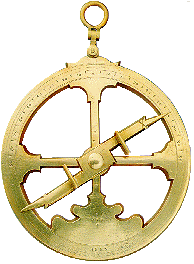* Polar stratospheric clouds or PSCs, also known as nacreous clouds, from nacre, or mother of pearl, due to its iridescence, are clouds in the winter polar stratosphere at altitudes of 15,000–25,000 meters (49,000–82,000 ft). They are best observed during civil twilight when the sun is between 1 and 6 degrees below the horizon as well as in winter and in more northerly latitudes. They are implicated in the formation of ozone holes. The effects on ozone depletion arise because they support chemical reactions that produce active chlorine which catalyzes ozone destruction, and also because they remove gaseous nitric acid, perturbing nitrogen and chlorine cycles in a way which increases ozone destruction.
**Due to high temperatures in the upper atmosphere noctilucent clouds have been in very short supply. There have been very few reports but Ken managed to get two images in mid June. Then on the night of 1st-2nd July they returned with some magnificent displays. The slideshow features two from ken of mid June followed by several from observers of the July display.
Nacreous Clouds*
Noctilucent Clouds**
Earth atmospheric Phenomena
Aurorae
Meteors
Sundogs, rainbows, clouds, UFO's and any other phenomena occurring in the Earths atmosphere.
This page will take a few moments to fully load, please be patient.
Click on images to view slideshows
Earth's Atmosphere

